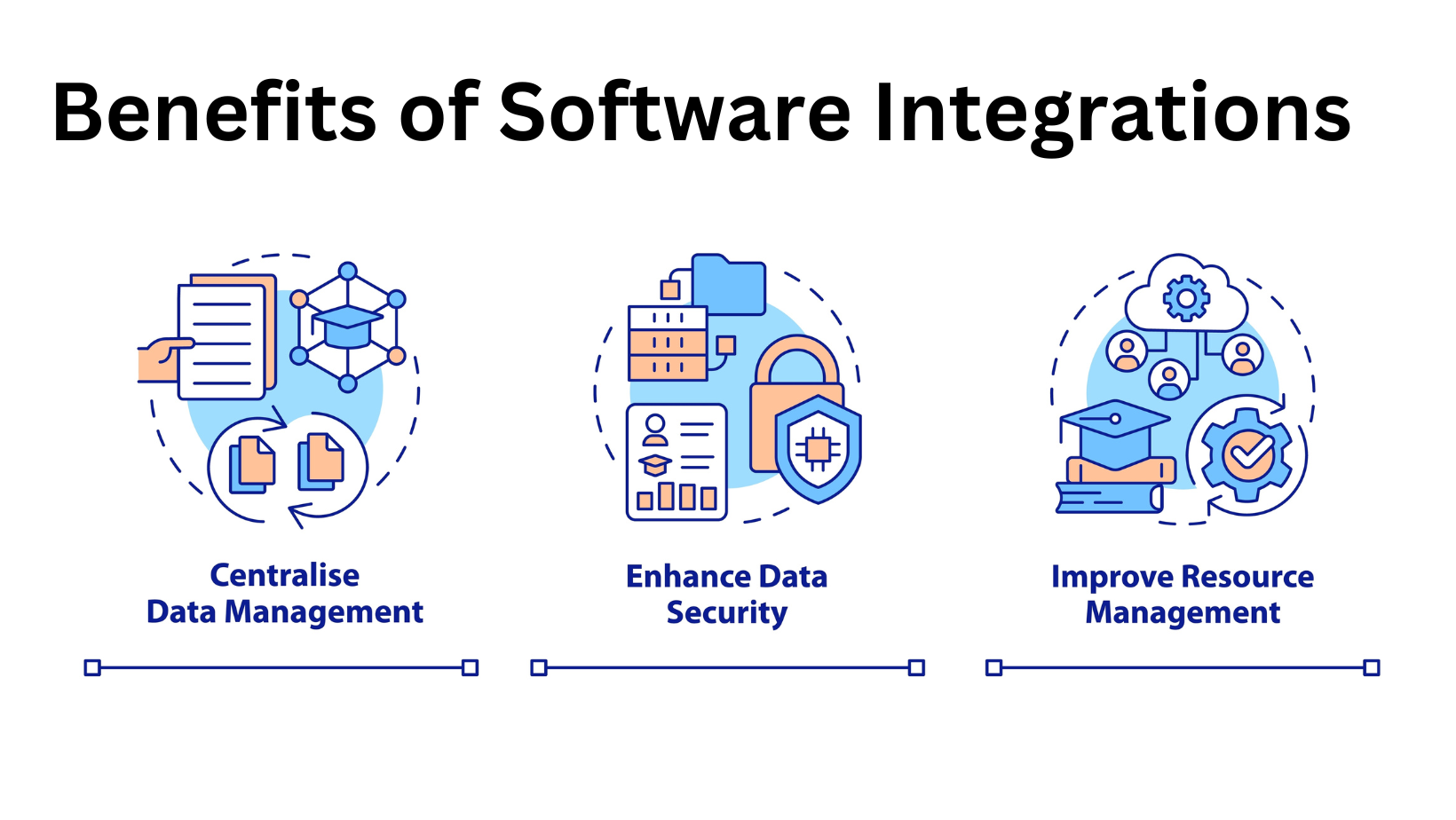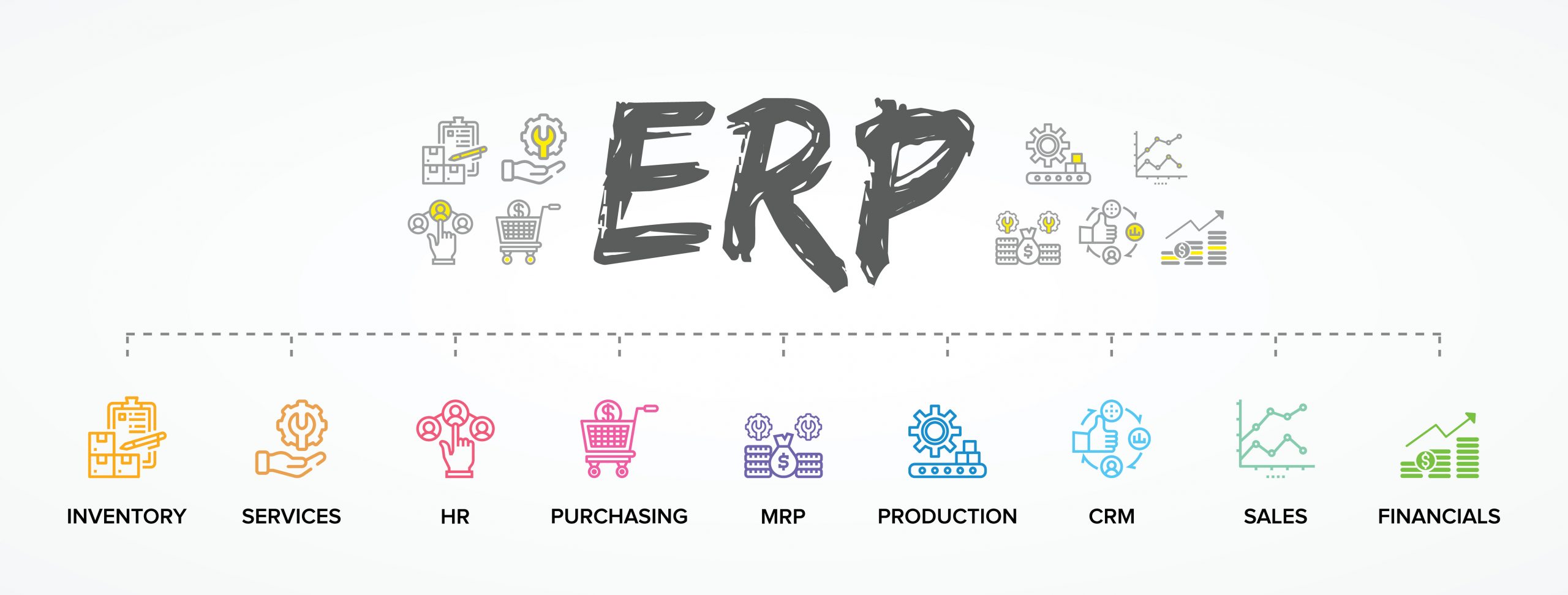
Are you Ready for a Software Integration Project?
Software integration has become critical to most company’s business strategy today. As services move into the cloud, many companies rely on a multi-cloud or hybrid solution that utilizes data from several or even hundreds of different applications. Establishing seamless communication between these services is important to a business’ ability to monitor, analyze and use data.

There are multiple factors to consider when starting a project that impacts other companies and which may be of significant scale. How do you know if, and when, your company is ready to undertake a complex software integration project?
What Is Software Integration?
Software integration enables seamless communication between the various platforms, services, and systems your business relies on, be they internal or external components. A software integration project might involve updating legacy systems, dismantling core logic that has become bloated and complicated, or automating processes that were previously done manually.

Who Benefits from Software Integration?
There are many cases in which an organization might benefit from software integration. We are outlining four situations here where it may make sense to take on a software integration project.
Partnering with another Business
Integrating your systems and data with another company, or between divisions with separate platforms, is the typical use case people think of when building an integration between software applications. Consider it when merging two structures within your organization or updating a single corporate structure’s primary activities or working processes.
Using Applications from multiple Vendors
You might rely on several different cloud-based solutions and have data stored across many databases within your network. Depending on which subsystems and teams within your company need access to that data, you might consider a star-integration strategy in which each of the company’s systems can access the data and functionality of any source.
Automating Processes
Another popular use case for software integration is the need to eliminate or automate specific processes that are currently done by hand. Automating repetitive manual processes is one of the easiest ways to cut costs and increase productivity within an organization.
Modernizing Legacy Systems
Legacy systems are often bloated, complex and full of bolted-on solutions accumulated over many years. Dismantling those systems and transferring the data held within them to new modern applications is daunting but will save your business countless hours of frustration in the long run.
There is a Desire to Become More Agile
Adopting an agile mindset improves your organization’s speed of delivery, security, scalability, and stability. However, an organization must integrate its software to become truly elegant. Pipelines must be constructed that allow for improved observability of applications, more straightforward automation of repeated processes like testing, and accelerated delivery through continuous integration.
In Conclusion
Successful software integration requires a significant commitment of both time and resources. Think carefully about the integration’s motivations and outline measures of success as you consider moving forward. Creating a dedicated software integration strategy team can also help you determine whether undertaking a software integration project is right for your business.



































